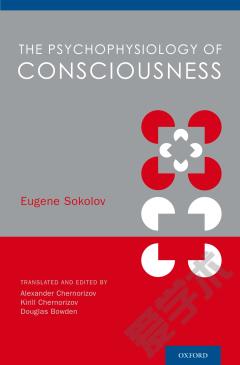The Phonological Mind
Humans weave phonological patterns instinctively. We form phonological patterns at birth, we spontaneously generate them de novo, and we impose phonological design on both our linguistic communication and cultural technologies--reading and writing. Why are humans compelled to generate phonological patterns? Why are phonological patterns intimately grounded in their sensorimotor channels (speech or gesture) while remaining partly amodal and fully productive? And why does phonology shape natural communication and cultural inventions alike? Here, I suggest these properties emanate from the architecture of the phonological mind, an algebraic system of core knowledge. I evaluate this hypothesis in light of linguistic evidence, behavioral studies, and comparative animal research that gauges the design of the phonological mind and its productivity.
{{comment.content}}








 京公网安备 11010802027623号
京公网安备 11010802027623号